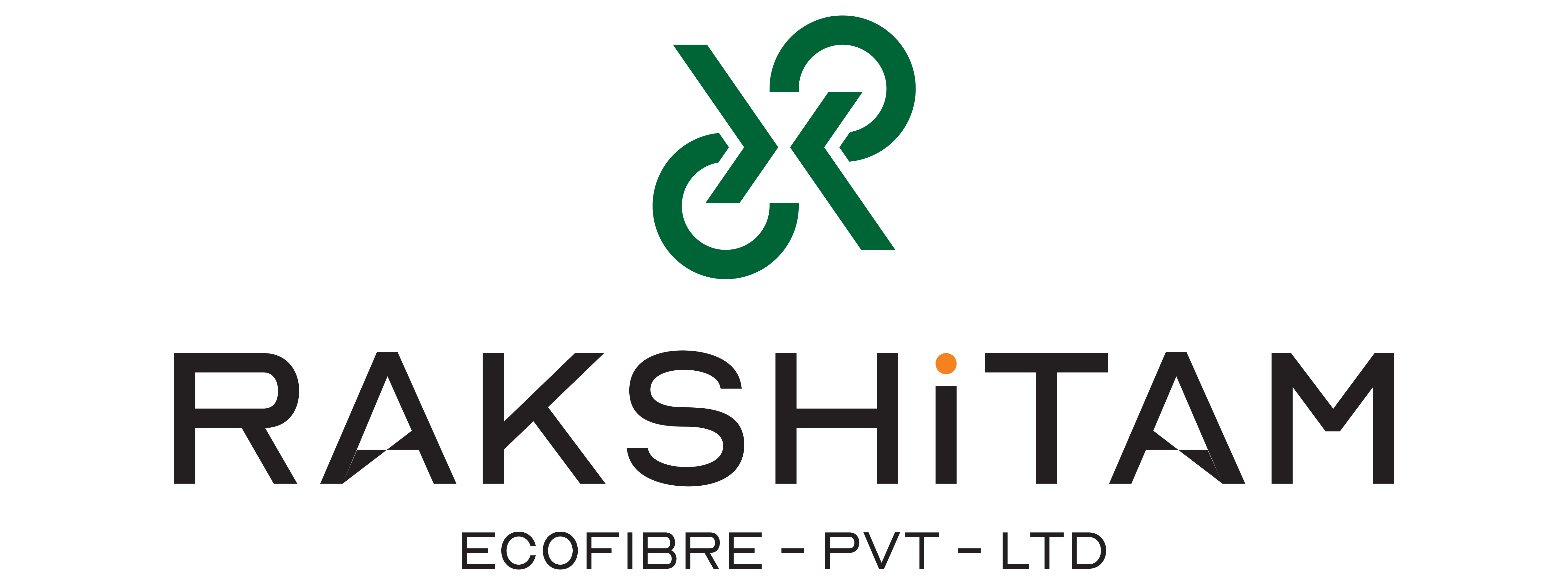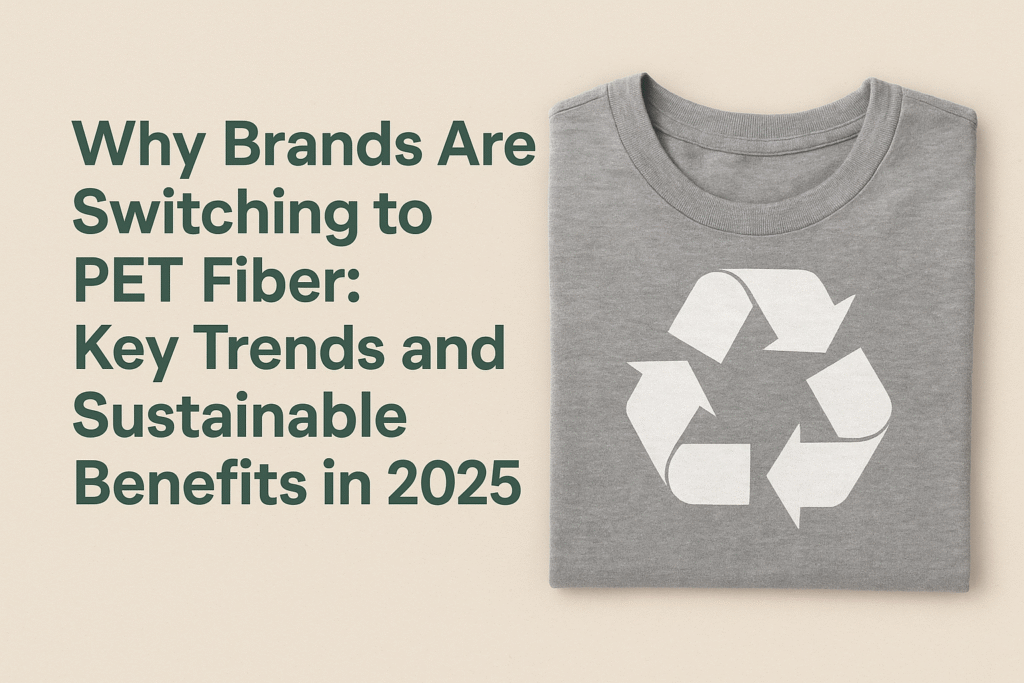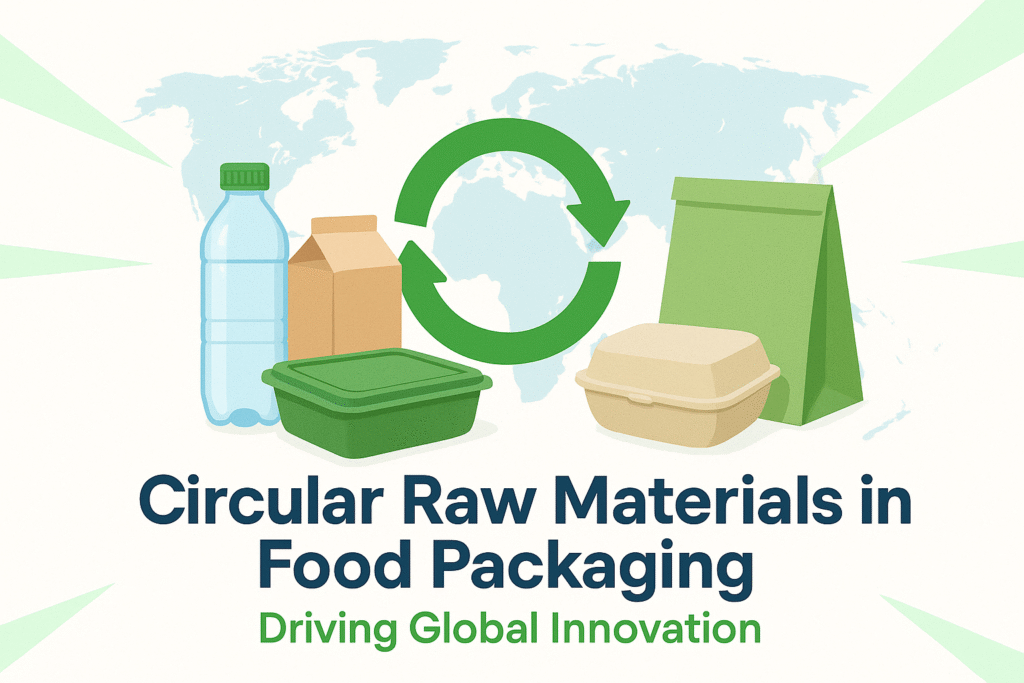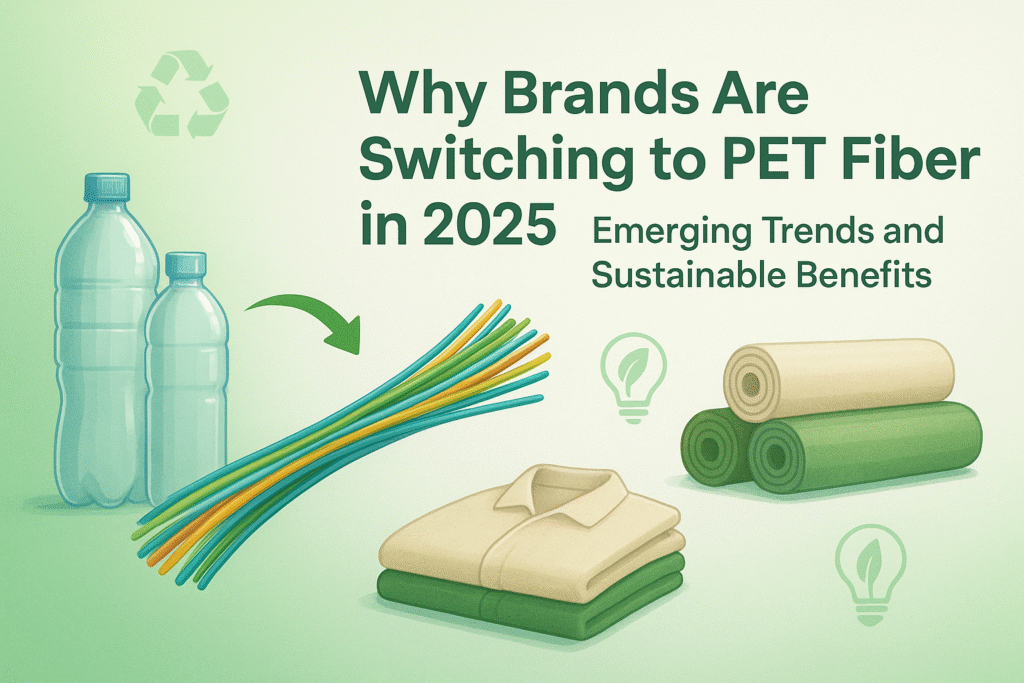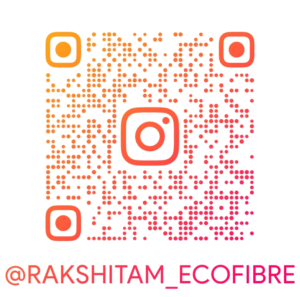Plastic waste is emerging as a major issue globally, and Recycled Polyester Staple Fibre (RPSF) could be the solution to this. RPSF advocates for sustainability while serving a myriad of industries by transforming worn PET bottles and other forms of plastic into useful fibers. This blog discusses some of the significant applications of RPSF with a focus on how it can help create a better future.
What are Recycled Polyester Staple Fibers (RPSF)?
Similar to other synthetic fibers, RPSF is produced by melting and extruding plastic waste, in this instance, post-consumer PET bottles. It is regarded as an eco-friendly option to polyester since it exhibits similar characteristics as the original polymer, such as durability, flexibility, and economics. RPSF is widely utilized in textiles, automobiles, home furnishings, and even construction due to its eco-friendly properties alongside adaptability.
Key Applications of RPSF
RPSF proves to be very adaptable due to the different industries it can cater to. Its most prominent application sectors consist of:
1. Textiles and Clothing
RPSF is used as a basic component for the following materials that fall in the category of garments and textiles:
- Yarn and Fabrics: RPSF is first processed into yarn which is then used for producing garments, upholstery, and other industrial fabrics.
- Non-woven Fabrics: These are RPSF fabrics used for hygienic purposes, filtration, medical supplies, and other items.
Applying RPSF in the fabrics industry makes challenging the negative impacts the fast fashion industry has on the planet’s health achievable.
2. Fabrication de produits domestiques et meubles
RPSF products have very important applications for decoration and furniture products such as:
- Cousin et Oreillers: Due to its softness and elasticity, Fiber is well suited for use as filling for cushions and pillows.
- Savon de brosse et carpette: RPSF is strong and cheap which results in extensive use of the material in carpets and rugs for residential and business use.
- Rideaux et tissus d’ameublement: RPSF fabrics are very appealing for home furnishings because of their aesthetic elegance and practical nature.
3. Automotive Industry
The automotive sector leverages RPSF for various components, including:
- Car Seats and Upholstery: RPSF’s strength and durability make it suitable for automotive interiors.
- Sound Insulation: The fiber is used in sound-absorbing materials to enhance passenger comfort.
- Floor Mats and Trunk Liners: RPSF provides a cost-effective and sustainable solution for automotive mats and liners.
4. Construction And Infrastructure
The properties of RPSF make it appropriate for utilization in construction and its related works. Its most common features include:
- Soil Stabilization: These are RPSF geotextiles that are used for drainage, erosion control, and soil stabilization.
- Insulation Materials: RPSF materials are lightweight and agile which makes them suitable for the thermal and acoustical insulation of buildings.
- Reinforced Concrete: RPSF enhances the strength and durability of structures when mixed with concrete.
5. Industrial Applications
RPSF is applied for the following purposes in the industries:
- Filters: This type of fiber has great efficacy in trapping particles and therefore can be used for air and liquid filtration systems.
- Packaging Materials: RPSF is incorporated in the production of biodegradable packaging materials.
- Industrial Belts and Ropes: It is recognized for its high tensile strength coupled with flexibility.
6. Environmental Products
RPSF promotes sustainability through the following applications:
- Environment-Friendly Bags: Shopping bags and tote bags are made from recycled fibers.
- Green Roofing: RPSF is used in the materials for sustainable roofing systems.
- Landscaping Fabrics: RPSF fabrics are used for landscaping and gardening because of their biodegradability and strength.
Why RPSF is a Game-Changer
Implementing the RPSF technology represents a crucial milestone towards addressing the problems associated with plastic waste. It has the positive impact of:
- Reducing Plastic Waste: Millions of plastic bottles are saved from being dumped in landfills and oceans, reducing waste pollution from these sources.
- Conserving Resources: The process of recycling uses less water and electricity than the production of new polyester.
- Lowering Carbon Emission: The greenhouse gas emissions from the production of RPSF are comparably smaller since it relies on recycled products as inputs.
- Facilitating Circular Economy: The disposal of goods is transformed into useful materials enhancing the value of the goods, which RPSF encourages.
Conclusion
Recycled Polyester Staple Fiber (RPSF) is not simply a sustainable material; it is a multi-purpose solution used in various industries. Its application in various products including textiles, automotive, construction, and, environmental products indicates the ability of RPSF to foster sustainability across multiple industries. Adopting and advocating RPSF allows businesses to lessen their footprints on the environment while satisfying the increasing need for green solutions. We can all work together to unleash RPSF’s full potential, paving the way for a more sustainable future.
